Millipedes, Garden Centipedes, Sowbugs & Roly-Polys: Understanding Their Role in Your Garden
Healthy soil ecosystems rely on a wide range of small organisms to decompose organic matter, maintain soil structure, and regulate pest populations. Among these unsung heroes—or sometimes misunderstood nuisances—are millipedes, centipedes, sowbugs, and roly-polys. Whether you're dealing with a small centipede or a long roly poly, it’s important to understand their ecological roles, potential drawbacks, and how to manage them effectively using integrated pest management (IPM) strategies.

Are These Garden Guests Friend or Foe?
Have you spotted a small millipede curled under mulch, or a fast-moving garden centipede darting across your path? You’re not alone. These arthropods are common in gardens, compost piles, and even homes. But are centipedes good for the garden? And what about pill bugs, doodle bugs, and sowbugs?
These creatures are not insects but arthropods—many-legged relatives of crustaceans and arachnids. While their appearance can be off-putting, most are more helpful than harmful. In fact, a soil centipede may be one of your best allies in pest control.

Understanding the Unusual Arthropods
Millipedes: Nature’s Decomposers
Millipedes are classified in the class Diplopoda and have two pairs of legs per body segment. Contrary to the Latin-derived name (mille = thousand, pedis = foot), no millipede actually has a thousand legs. Some species may have up to 710 legs, but most have far fewer. These slow-moving creatures are detritivores, feeding on decaying plant matter like leaf litter and fallen fruit.
Common garden species include the black millipede (Tachypodiulus niger) and the spotted millipede (Blaniulus guttulatus). A small millipede may live 5–7 years, producing new legs with each molt. Millipedes typically inhabit moist environments like mulch and compost. They improve soil structure and fertility but may occasionally nibble on seedlings, tubers, or bulbs. For organic treatment options, consider using millipede treatment insecticides.
Centipedes: Predators on Patrol
Centipedes belong to the class Chilopoda and feature one pair of legs per segment. Unlike their vegetarian millipede cousins, centipedes are carnivorous predators that hunt insects and spiders. They’re often flattened in shape, with colors ranging from brown to greenish-blue.
A garden centipede or soil centipede typically hides under stones, logs, or leaf litter and prefers moist habitats. Although centipedes in garden good or bad is a common debate, their predatory role makes them beneficial for pest control—especially against aphids, which you can also treat with aphid control products.
Larger centipedes can bite, but small centipedes are generally harmless and tend to avoid human interaction. Learn more about true bugs and garden impostors in this helpful guide.
Sowbugs, Pill Bugs & Doodle Bugs
Often referred to interchangeably, sowbugs and pill bugs (or roly-polys and doodle bugs) are actually terrestrial crustaceans, related to shrimp and lobsters. They live in moist environments and feed primarily on decaying vegetation. Sowbugs cannot roll into a ball, but pill bugs can—a natural defense mechanism.
Both contribute to the decomposition process, transforming organic waste into valuable humus. However, in damp gardens, they may feed on tender seedlings and vegetables like cucumbers. If they become problematic, diatomaceous earth provides a safe and natural control method.

Integrated Pest Management (IPM) for Balance
While most of these arthropods are more helpful than harmful, overpopulation or migration into homes can become a nuisance. That’s where IPM comes in—a holistic, environmentally sensitive approach to pest control. Learn more about it here.
Outdoor Control Tips:
- Eliminate damp hiding spots by raking mulch and aerating soil.
- Relocate leaf piles and compost heaps away from garden beds.
- Apply organic pesticides if populations become disruptive.
- Use PyGanic EC for fast knockdown of crawling pests.
Indoor Prevention:
- Seal foundation cracks, windows, and door gaps.
- Remove compost and wood piles near the house.
- Use gravel barriers between your garden beds and foundation.

Conclusion: Friend or Foe? Mostly Friend
From garden centipedes to long roly polys, these arthropods play significant roles in breaking down organic matter, enriching the soil, and controlling pests. A small centipede may just be your garden’s best defense against aphids, while doodle bugs and sowbugs quietly compost leaf litter.
Rather than eliminate them, aim for balance. Utilize organic and IPM-based methods when necessary, and appreciate the biodiversity thriving under your mulch.
For gardeners seeking gentle control methods, diatomaceous earth offers an effective barrier, and we also offer a range of organic pesticides for sale as natural alternatives. With a balanced perspective and a few mindful strategies, you can enjoy the benefits these soil-dwelling allies provide while maintaining a thriving, diverse garden environment.
FAQs: What Gardeners Ask Most About Millipedes, Garden Centipedes, Sowbugs & Roly-Polys
What is the difference between a roly poly and a millipede?
Are millipedes harmful to plants in the garden?
What are roly polys (or doodle bugs) in the garden?
What is the difference between a centipede and a millipede bug?
Are sow bugs good or bad?
Do millipedes improve soil?
Beneficial Insect Resources
Discover valuable insights on garden insects and explore options to harness their benefits:
- Centipedes, Millipedes, Sowbugs & Roly‑Polys: Friend or Foe?
- What’s Bugging You? The True Bugs of the Insect World
- Attract Beneficial Insects with Hedgerows
Looking to enhance your garden’s ecosystem? Browse our offerings below:
- Beneficial Insects — help naturalize your garden with pest-fighting allies
- Tree Pest Control — targeted solutions to protect trees from damaging pests
- Vole Traps & Repellents — defend your yard and garden from vole damage
- Millipede Treatment — effective insecticides for controlling infestations

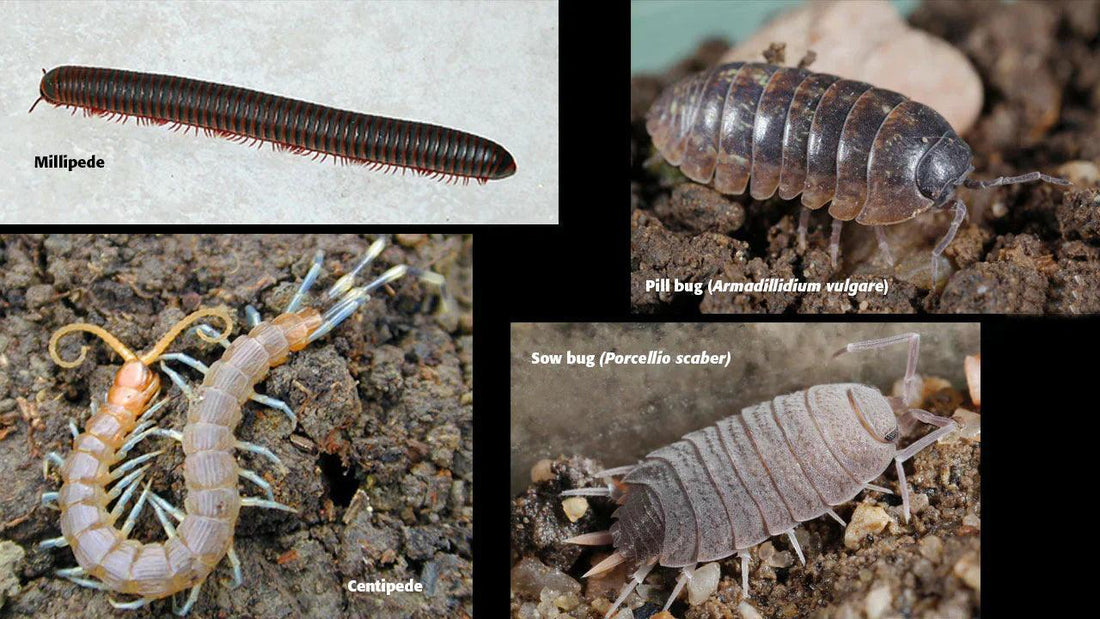

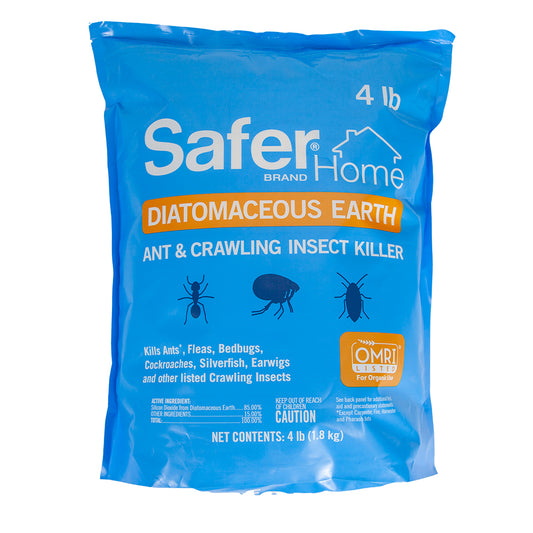
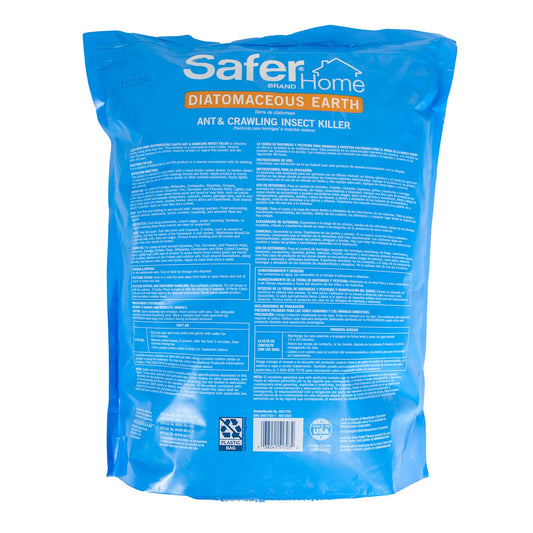
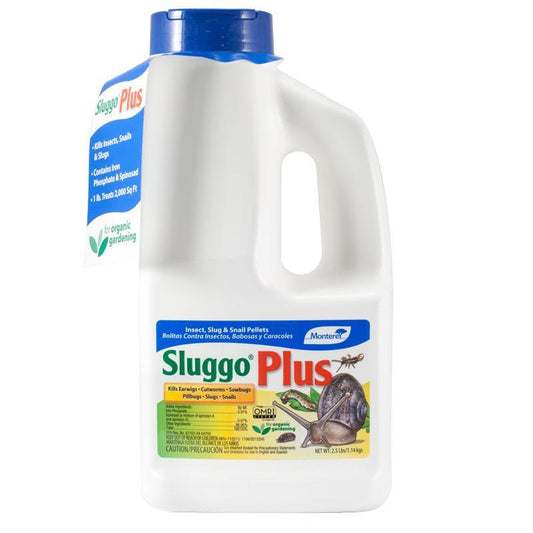
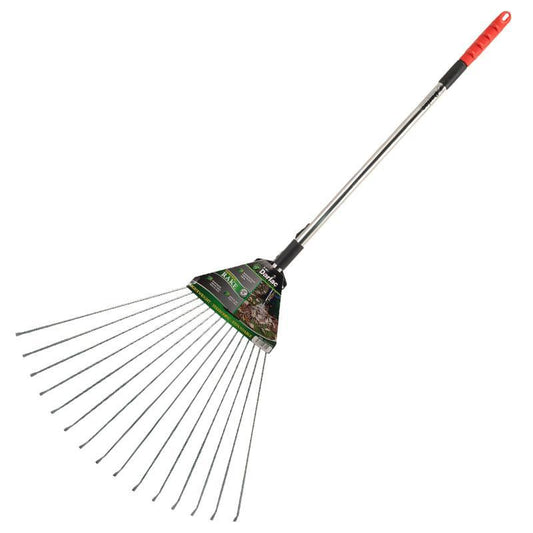
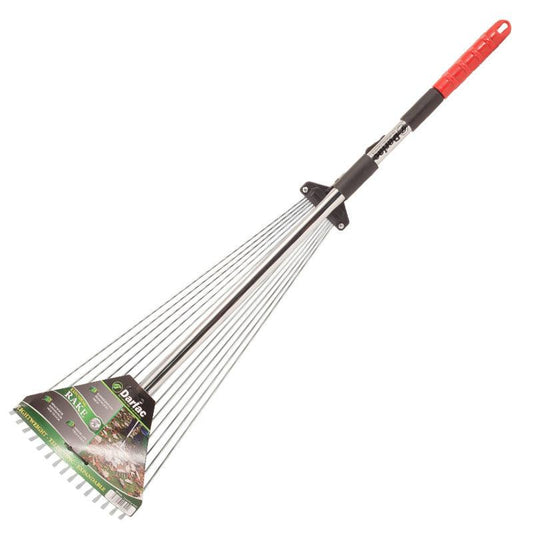
2 comments
The second year I had my greenhouse, it became over populated with pill bugs, sow bugs and fat bodied spiders. I acquired 6 free quail at Christmas and by spring time they had cleaned it out. No more huge spider webs or bugs eating the seedlings. Problem solved.
Pill bugs sow bugs and millepedes do eat seedlings and can kill older plants when they eat the roots that then rot. I have put out loosely covered bowls of cheap beer, under spot if shade is best. Some drown. the millepedes mostly I scoop up by hand and toss in the trash. Another method is to have a small pile of excess but not diseased greens chopped small left on top of damp soil or light covering of soil on top . You can pick out the bugs or scoop up the whole little pile. Let those things help at the dump. I’ve lost too many seedlings and plants to them. Some gardeners have found them munching 3 ft up on shaded plants! If you want a helpful critter to break down plant material buy some worms that do not love to eat seedlings and plant roots.